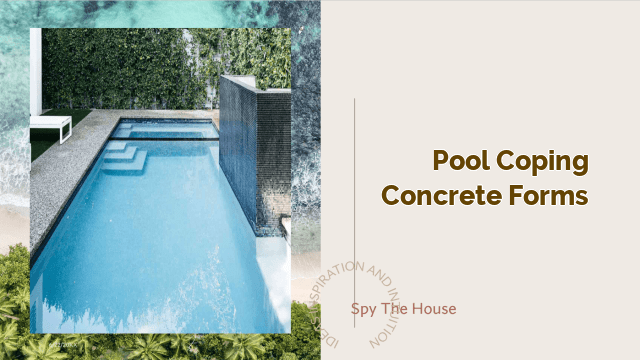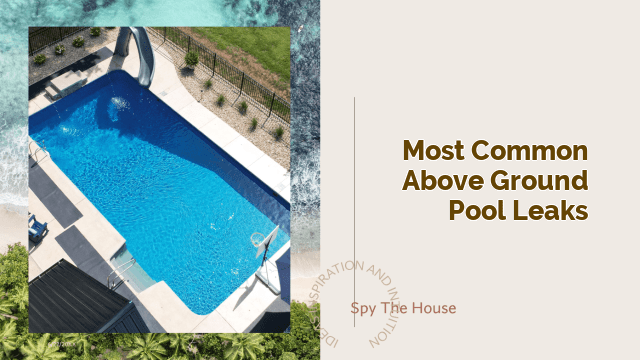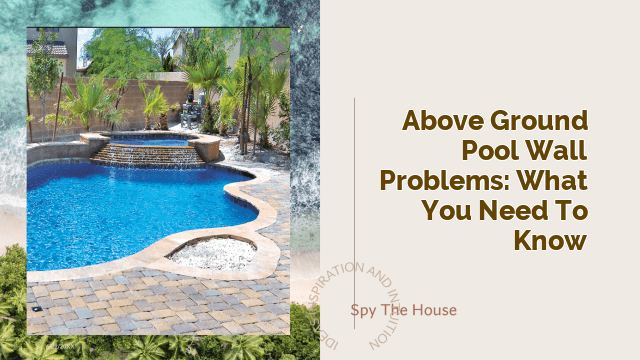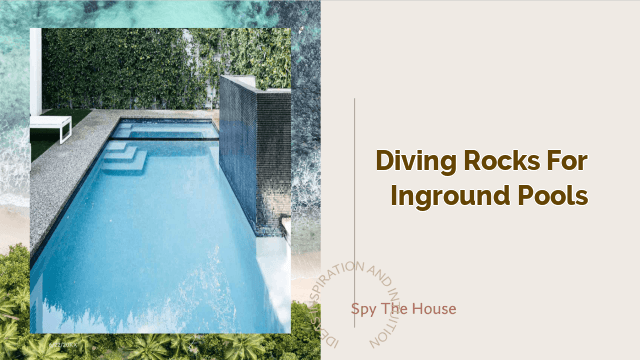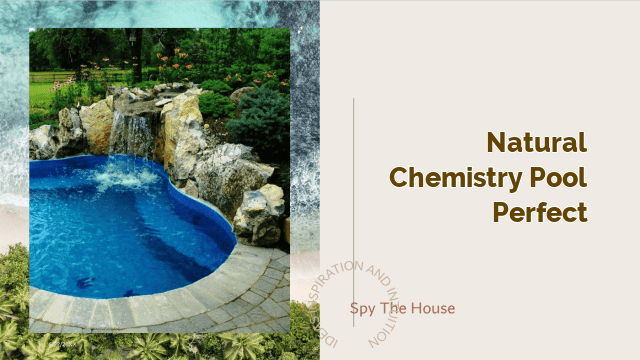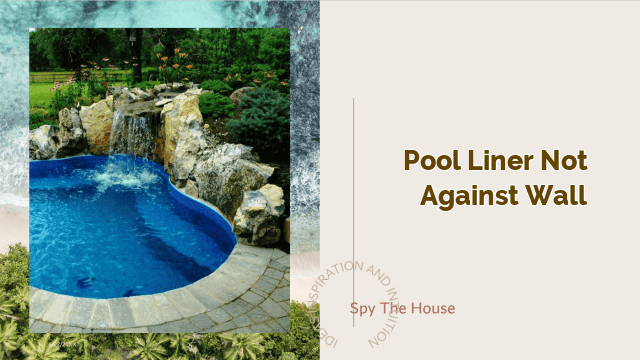Pool Coping Concrete Forms: An Overview
🏊♂️🏊♀️🌊 Pool coping is an essential aspect of swimming pool construction. It refers to the material that is installed around the edge of the pool. Coping can be made from a variety of materials like stone, brick, and concrete. However, concrete is the most popular choice due to its durability and versatility. In this blog post, we will discuss pool coping concrete forms, which are used to create the shape and design of the coping.
What are Pool Coping Concrete Forms?
👷♂️👷♀️🛠️Pool coping concrete forms refer to the molds or frames used to shape the concrete into the desired coping design. The forms are made from different materials like wood, plastic, and metal. The choice of material depends on the complexity of the design, the size of the project, and the budget. The forms are placed around the perimeter of the pool and secured in place using stakes, screws, or clamps. The concrete is then poured into the forms and left to cure. Once the concrete has hardened, the forms are removed, leaving behind the finished coping.
Types of Pool Coping Concrete Forms
🔲🔳🔨There are different types of pool coping concrete forms, each with its unique features and benefits.
1. Plastic Forms
Plastic forms are lightweight and easy to handle, making them ideal for small to medium-sized projects. They are also reusable and can be cleaned and stored after use. However, they may not be suitable for complex designs or large-scale projects as they may not be as sturdy as other materials.
2. Wood Forms
Wood forms are the most traditional type of forms used for pool coping. They are inexpensive and easy to work with, making them a popular choice among DIY enthusiasts. However, they are not as durable as other materials and may warp or rot over time.
3. Foam Forms
Foam forms are lightweight and easy to shape, making them ideal for complex designs. They are also affordable and can be reused multiple times. However, they may not be as sturdy as other materials and may require additional support to prevent bending or breaking.
4. Metal Forms
Metal forms are the most durable and sturdy type of forms used for pool coping. They can withstand heavy use and are ideal for large-scale projects. However, they are also the most expensive and may require professional installation.
Advantages of Using Pool Coping Concrete Forms 👍🏻👍🏻👍🏻
Using pool coping concrete forms offers several advantages, including:
1. Consistency Pool coping concrete forms ensure that the finished product is consistent in terms of size, shape, and design.
This is important for creating a uniform and aesthetically pleasing look.
2. Durability Concrete is a durable material that can withstand heavy use, extreme temperatures, and weather conditions.
Pool coping concrete forms ensure that the concrete is properly shaped and reinforced to enhance its durability.
3. Versatility Pool coping concrete forms can be used to create a wide range of designs, from simple and classic to intricate and modern.
This allows pool owners to customize the look of their pool to suit their preferences and style.
4. Cost-effective Using pool coping concrete forms can be cost-effective compared to other materials like stone or brick.
Concrete is a readily available material that is affordable and easy to work with, making it a popular choice for pool coping.
Tips for Using Pool Coping Concrete Forms
📝🔍🧰Here are some tips for using pool coping concrete forms:
1. Choose the Right Material Choose the right material for your pool coping concrete forms based on your project requirements and budget.
Consider factors like the size of the project, the complexity of the design, and the expected lifespan of the forms.
2. Prepare the Site Prepare the site for the forms by leveling the ground and removing any debris or obstacles.
Ensure that the site is stable and secure to prevent any accidents or damage to the forms.
3. Use the Right Equipment Use the right equipment for the job, including mixers, trowels, and concrete saws.
Ensure that the equipment is in good working condition and that you have the necessary safety gear like gloves, goggles, and face masks.
4. Follow the Instructions Follow the instructions provided by the manufacturer for the forms and the concrete mix.
Ensure that you mix the concrete properly and that it is poured evenly into the forms.
5. Allow for Proper Curing Allow the concrete to cure properly before removing the forms.
This ensures that the concrete is strong and durable and can withstand heavy use and weather conditions.
People Also Ask
1. What is pool coping?
Pool coping refers to the material installed around the edge of the pool.
2. What is pool coping made of?
Pool coping can be made from a variety of materials like stone, brick, and concrete.
3. Why is pool coping important?
Pool coping is important for enhancing the safety, durability, and aesthetics of the pool.
4. How is pool coping installed?
Pool coping is installed by placing the material around the perimeter of the pool and securing it in place using adhesive or mortar.
5. What are the different types of pool coping?
The different types of pool coping include natural stone, precast concrete, poured-in-place concrete, brick, and tile.
Conclusion
🎉🎉🎉In conclusion, pool coping concrete forms are an essential tool for creating the perfect pool coping design. They offer several advantages like consistency, durability, versatility, and cost-effectiveness. By following the tips provided in this blog post, you can ensure that your pool coping project is a success.
